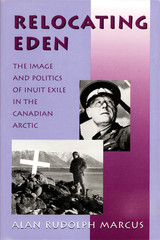

The earliest culture to be found in the North American Arctic is, therefore, that of the Paleo-Inuit people, who inhabited the entire Arctic from Chukotka in present-day Russia, across the far north of North America, and all the way to Greenland. The lineage of the ancient Beringians however appears to have gone extinct as it cannot be found in modern indigenous lineages. The Paleo-Inuit and the Pre-Dorset Culture The Inuit would come later, mainly populating the North American Arctic and Greenland. There, they would become the ancestors of the indigenous peoples of North and South America. It wasn’t until thousands of years later when the ice sheet started to melt away and passages in the ice appeared that these “Beringians” were able to move east and south. Low snowfall in Alaska allowed early populations to exist here, but further migration was impossible due to the Laurentide ice sheet, which covered most of the northern part of North America at the time. This allowed mammals to roam freely between the two, and for Paleo-Indians to cross over to Alaska. At the time, much of the Earth’s ocean water was stored in glacier ice, and what is known as the Bering Strait today was, back then, actually a land bridge connecting north-eastern Siberia and western Alaska. It’s believed that the first people to settle in North America were the Paleo-Indians, Palaeolithic hunter-gatherers arriving from North Asia.


 0 kommentar(er)
0 kommentar(er)
